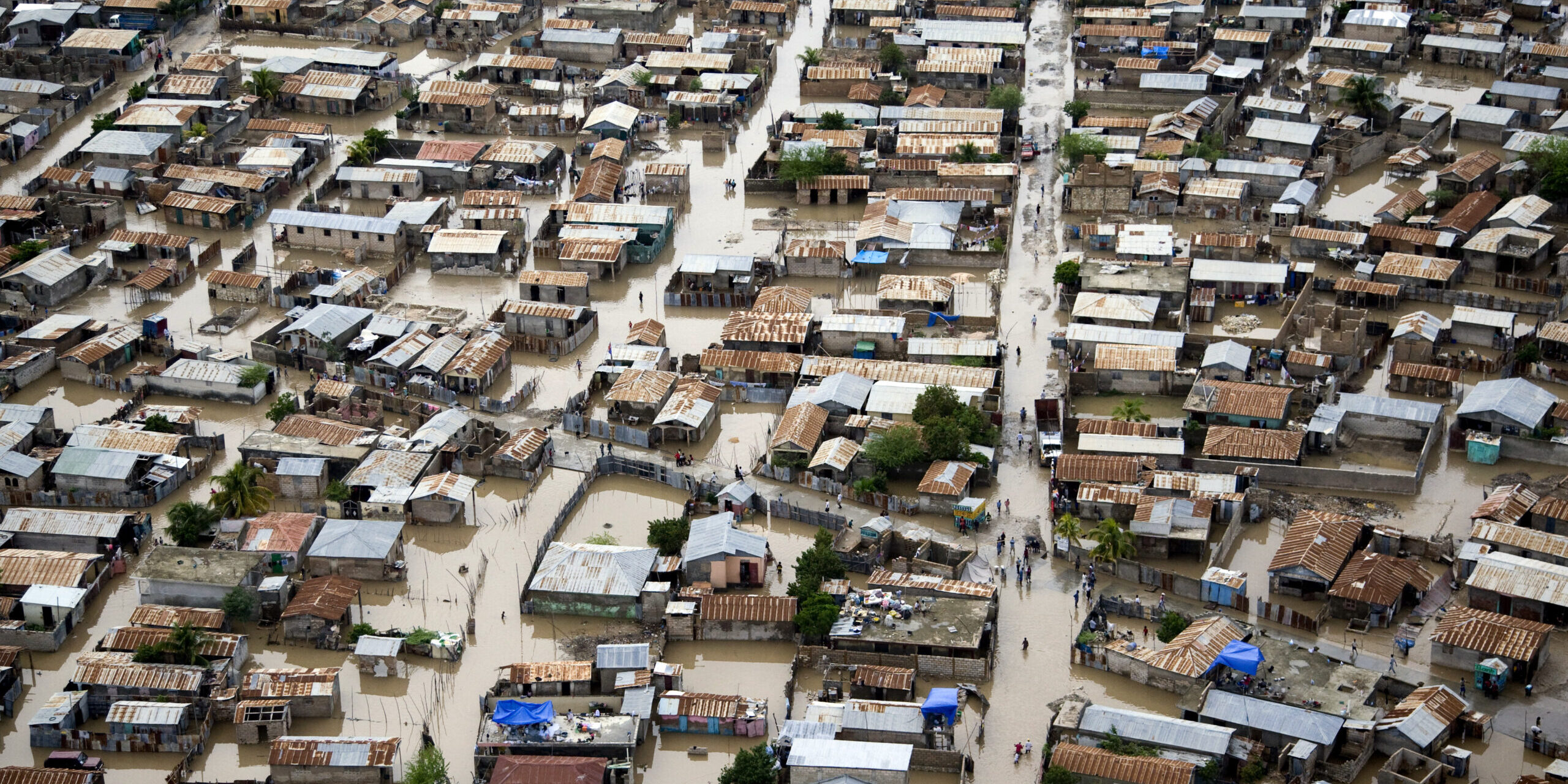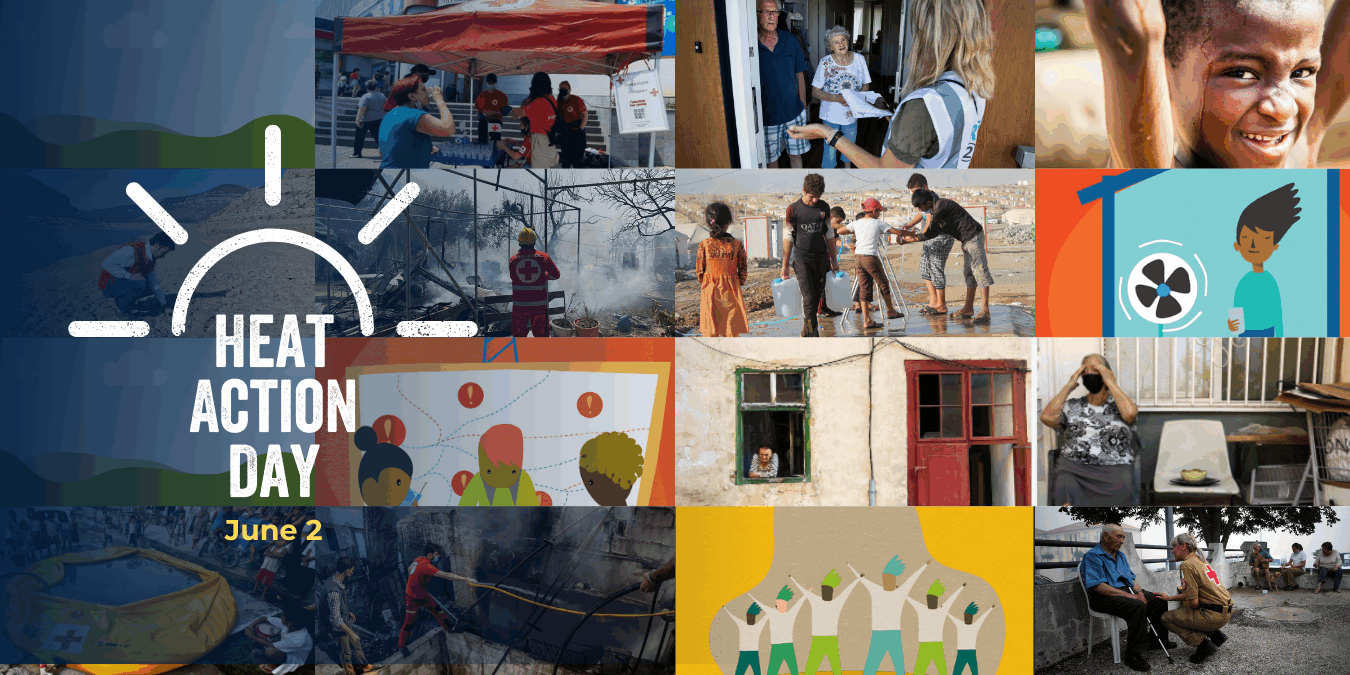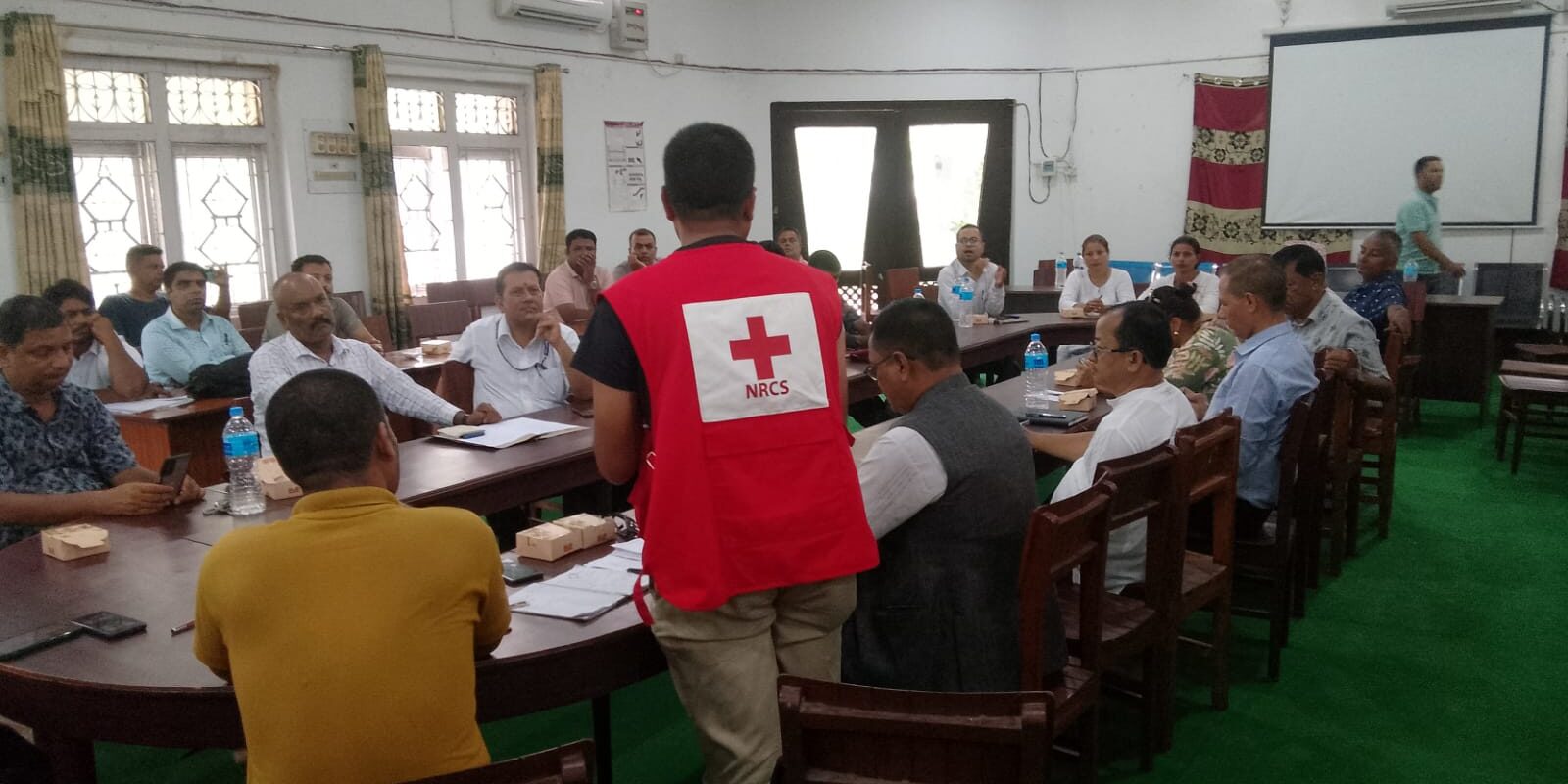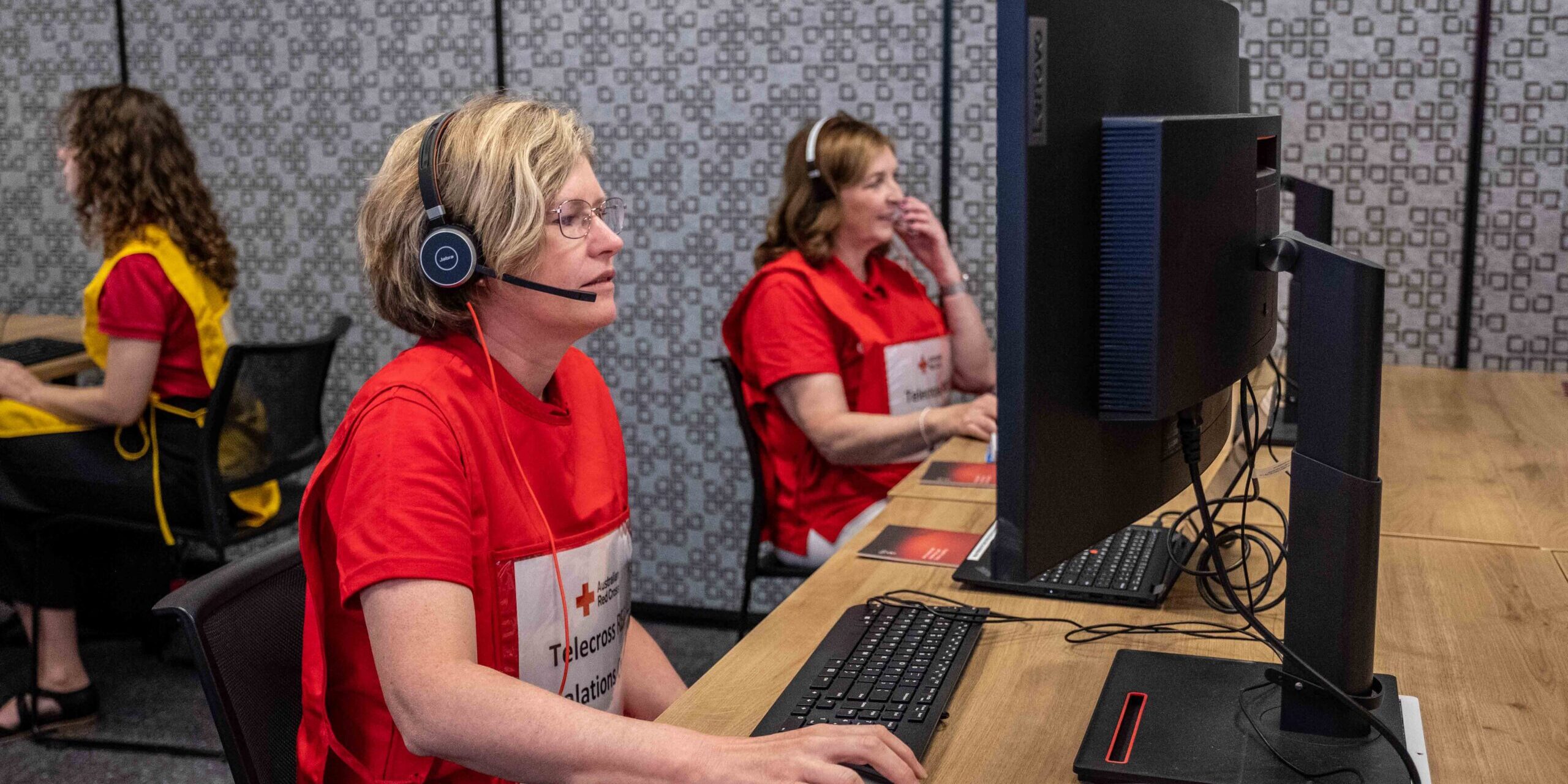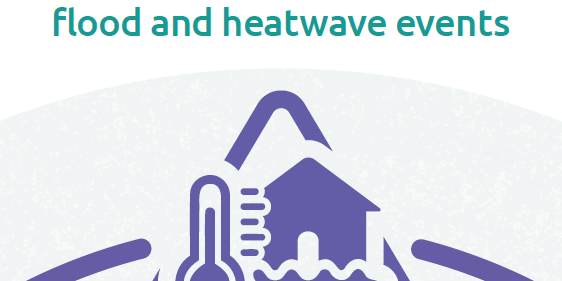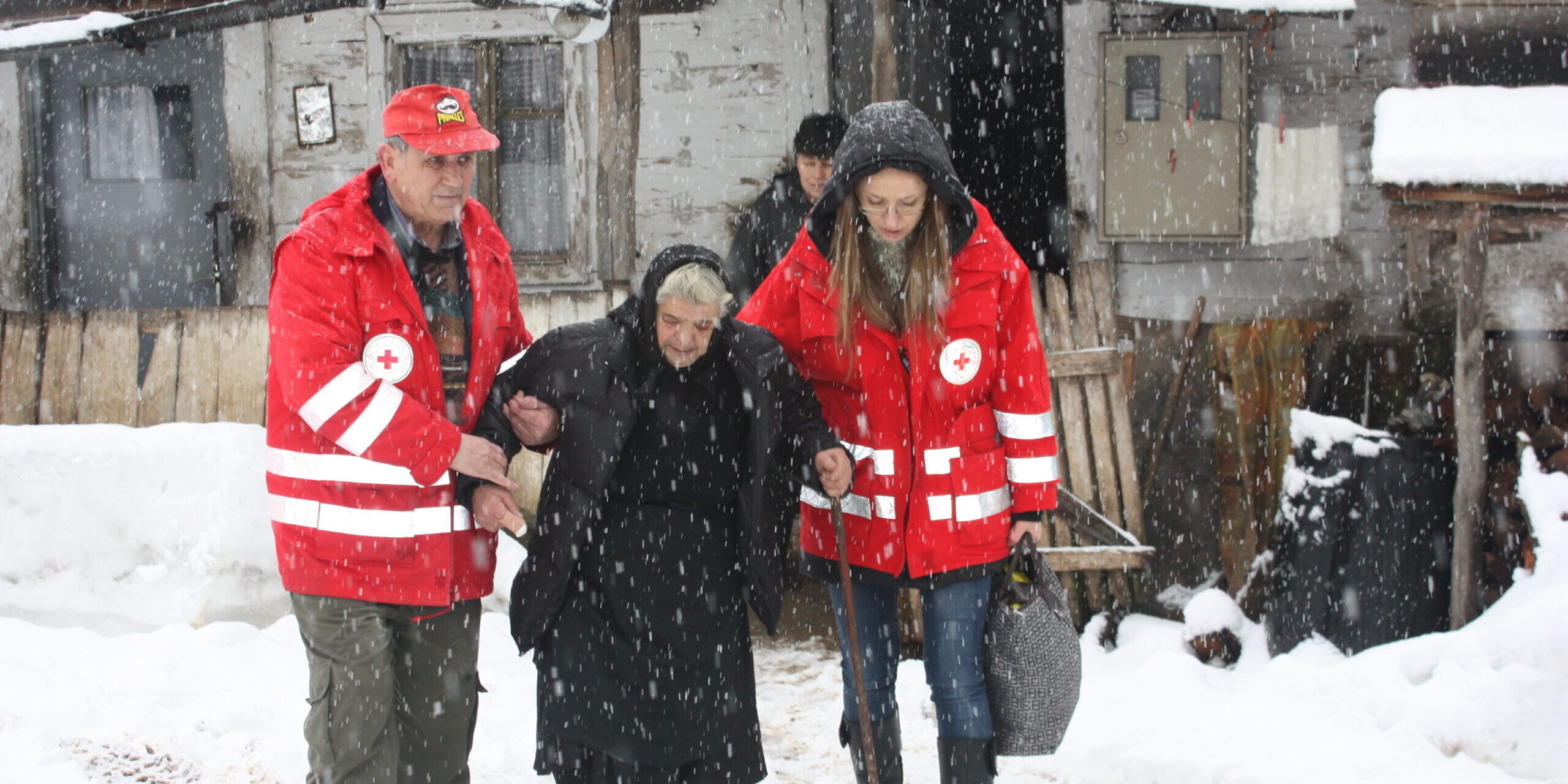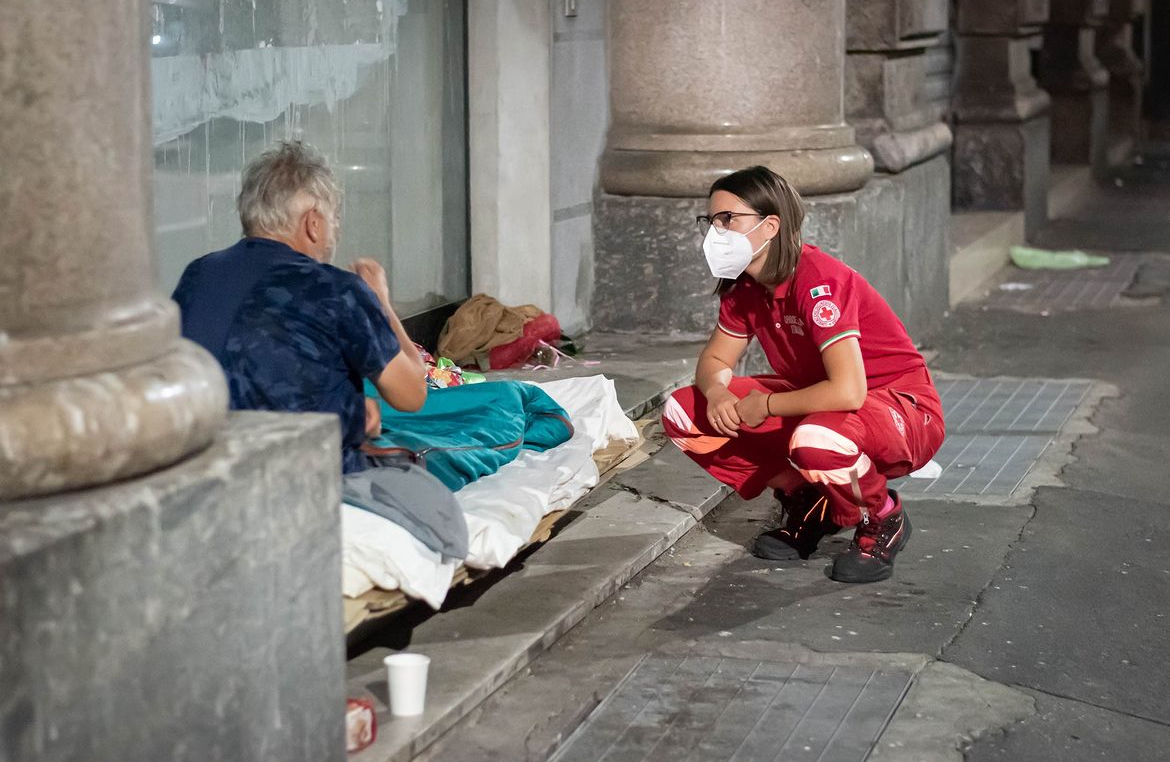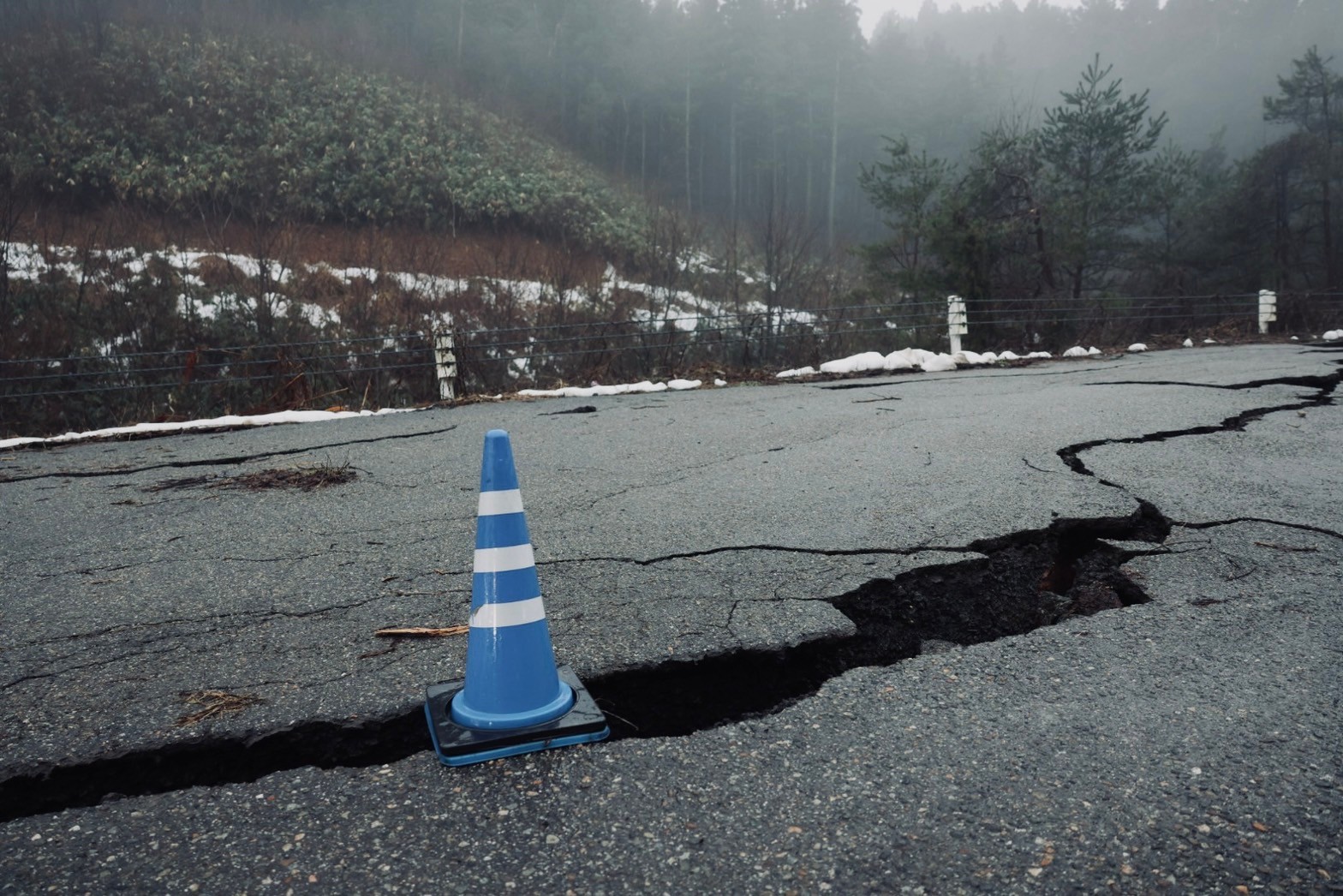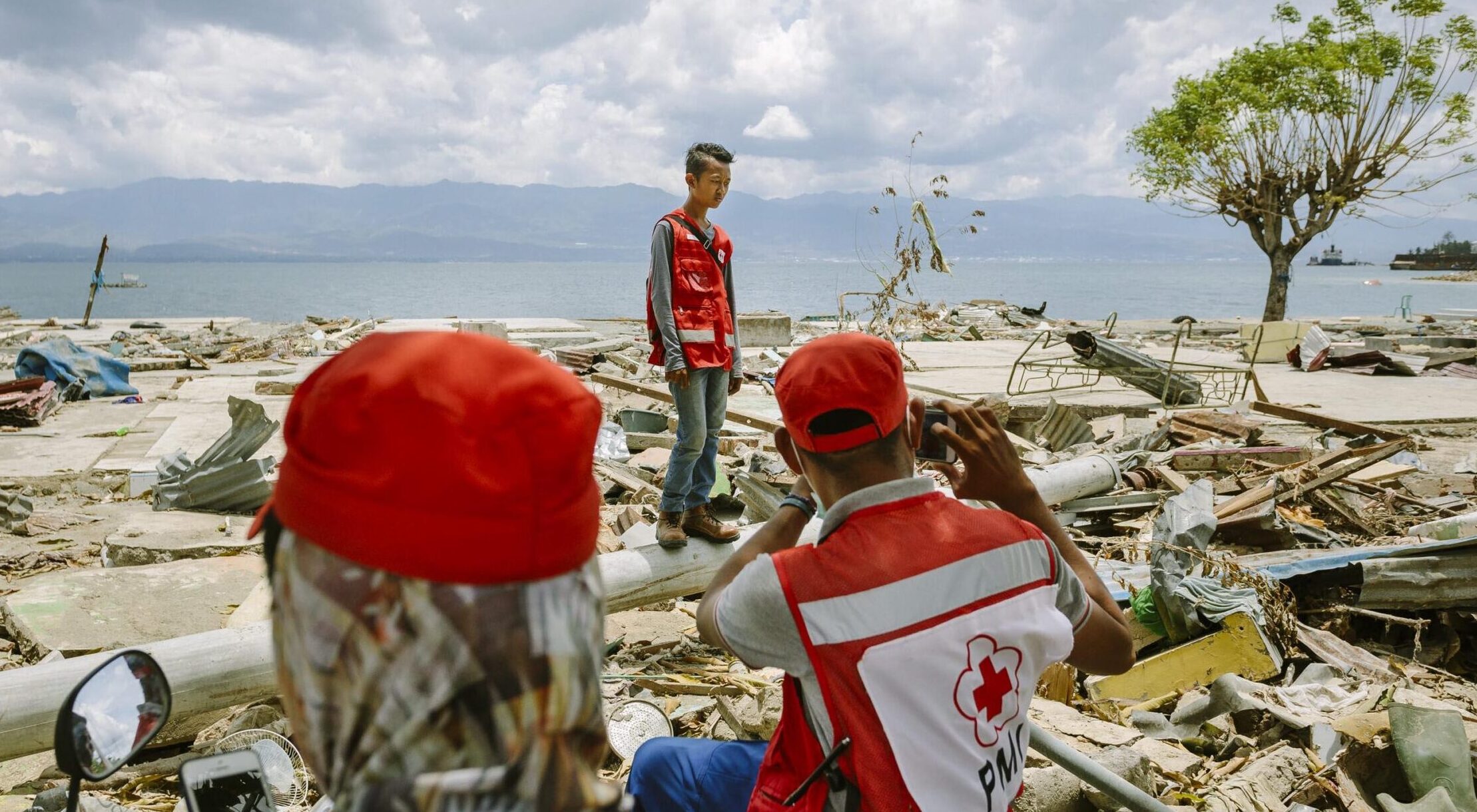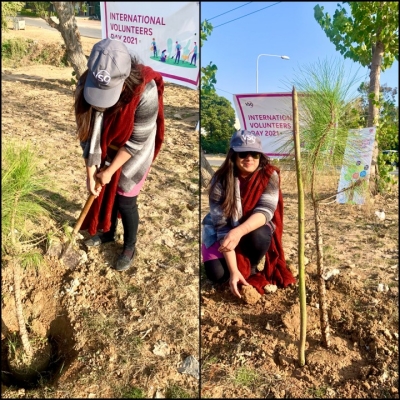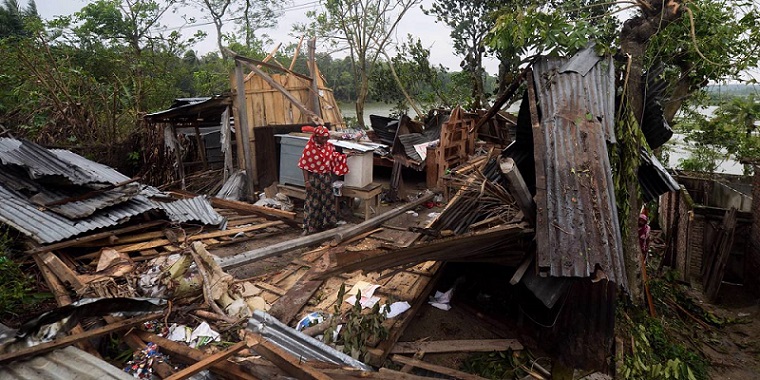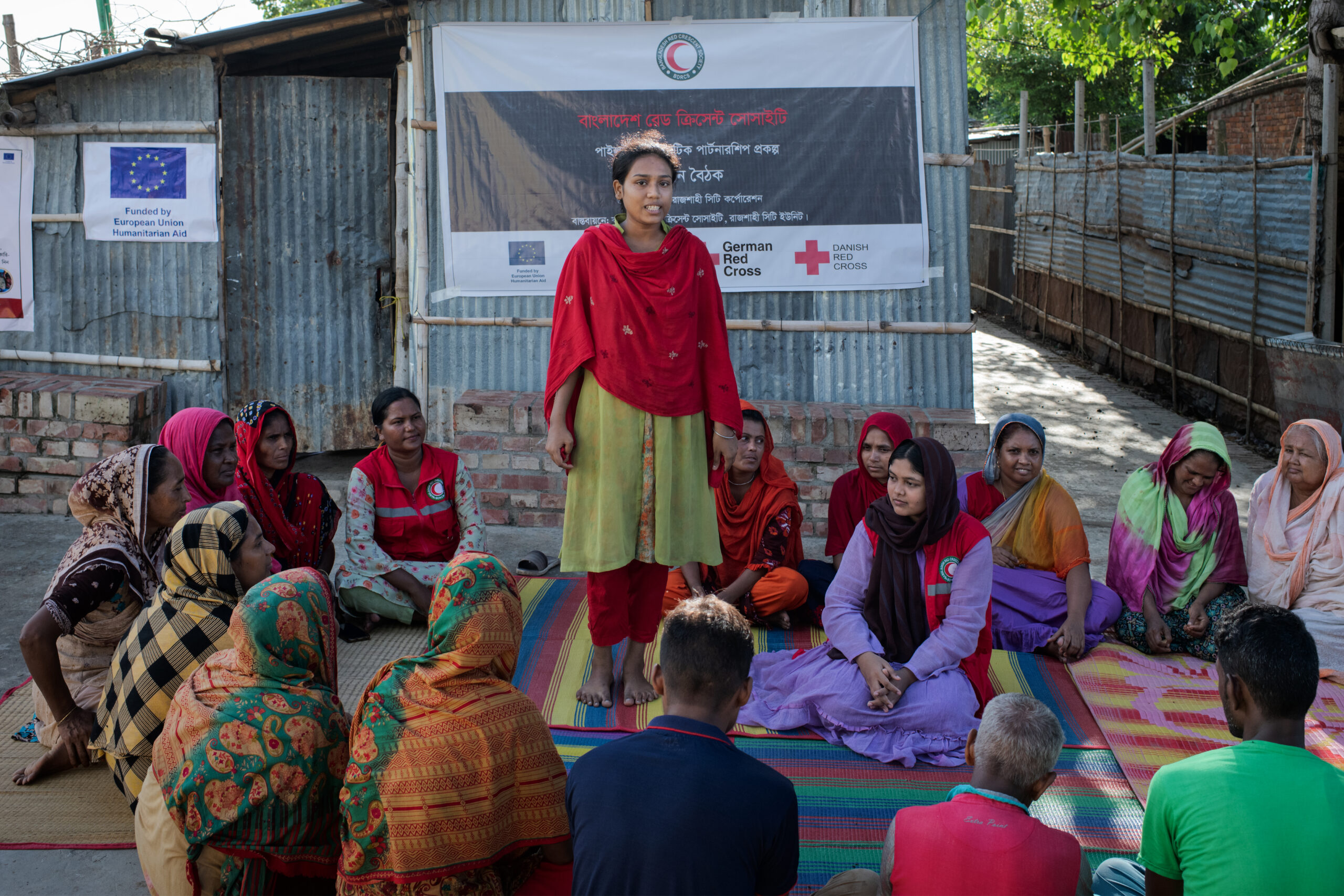Featured Stories
Sorry, we couldn't find any posts. Please try a different search.
Unpacking the Summer: Learning About Heat in Adelaide
Listening Over Coffee: Stories Behind the Data The Post-Event Review Capability (PERC), developed by the Zurich Climate Resilience Alliance, offers ...
From Assessment to Action: A New Tool to Support Urban Resilience
Cities around the world are stepping up efforts to reduce disaster risk and build resilience. While many tools help identify vulnerabilities, the chal...
Community-First Approach: How the American Red Cross Helps Build Disaster Resilience Where It’s Needed Most
Across the United States, the American Red Cross is working to reduce disaster risks and strengthen the long-term resilience of the most vulnerable co...
Scorched Future: The Rising Toll of Extreme Heat in the Philippines
Authors: Mia Grace Ligutan, Seth Sarmiento, Steven Villena, Cale Johnstone Rising temperatures in the Philippines, particularly in urban areas ...
Heat Action Day 2025 – Activities to #BeatTheHeat all around the World
On Monday, June 2, 2025, we celebrated the 4th edition of Heat Action Day (HAD). As the impact of Heat Action Day spreads, our influence is a joy to q...
Strengthening Risk Governance from the Ground Up: Nepal’s MDRGA Tool in Action
Authors: Bhesh Parajuli | Cale Johnstone | Anil Rai Local Solutions for Local Risks Disaster risk is most acutely felt—and most effectively managed�...
Telecross Redi: Heatwave Service
Extreme weather events pose significant risks to vulnerable populations, especially those who are isolated or have underlying health conditions. In re...
Pre-Financing Anticipatory Action: A Practical Guide for National Societies
Anticipatory action is expanding and being mainstreamed across the Red Cross Red Crescent Movement. As National Societies add more Early Action Protoc...
Double Jeopardy: Addressing compound flood and heatwave events
Compound events, such as floods and heatwaves occurring in close succession or simultaneously, can interact in a way that creates more severe outcomes...
Preparedness for winter weather and response by National Societies in Europe and Central Asia
This briefing note outlines common winter weather hazards experienced across Europe and Central Asia, and the ways in which National Societies are pre...
More Stories
 Filter
Filter
Warming oceans and the El Nino phenomenon have caused some storms to gain strength far more rapidly than predicted. When communities are caught off-gu...
2023 was officially named the hottest year on record, marked by scorching heatwaves across the globe. As the frequency and intensity of heatwaves are ...
This story was prepared and originally published by National Geographic. Japan has earned a reputation as one of the most disaster-ready nations in th...
Authors: Rachel Macleod, IFRC Senior Disaster Law Officer, and Tommaso Natoli, Disaster Law Focal Point for EU at the Italian Red Cross and IFRC In th...
1755 is the year when they say volunteering phenomena emerged. And then, this concept re-emerged, reformed and contextualized for various other indust...
By Andrew C. Tupper & Carina J. Fearnley Early warnings have long been known to be vital for saving lives and economic pain when disaster threaten...
The new self-paced online course Public Awareness Public Education (PAPE) & the WhatNow Service: Localizing action-oriented messages is now availa...
This story was originally published on the IFRC website, along with a video story. As the sun blazes mercilessly over Bajakajla Slum in Rajshahi City,...
It’s International Day for Disaster Risk Reduction, so let’s discuss how we can make our communities safer and more resilient. Held every October ...
Early warning is a crucial element of disaster preparedness that saves lives and mitigate disaster impact. But some community members and entire commu...


